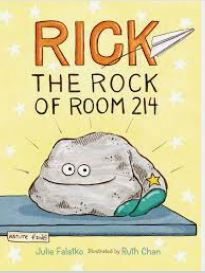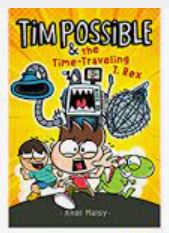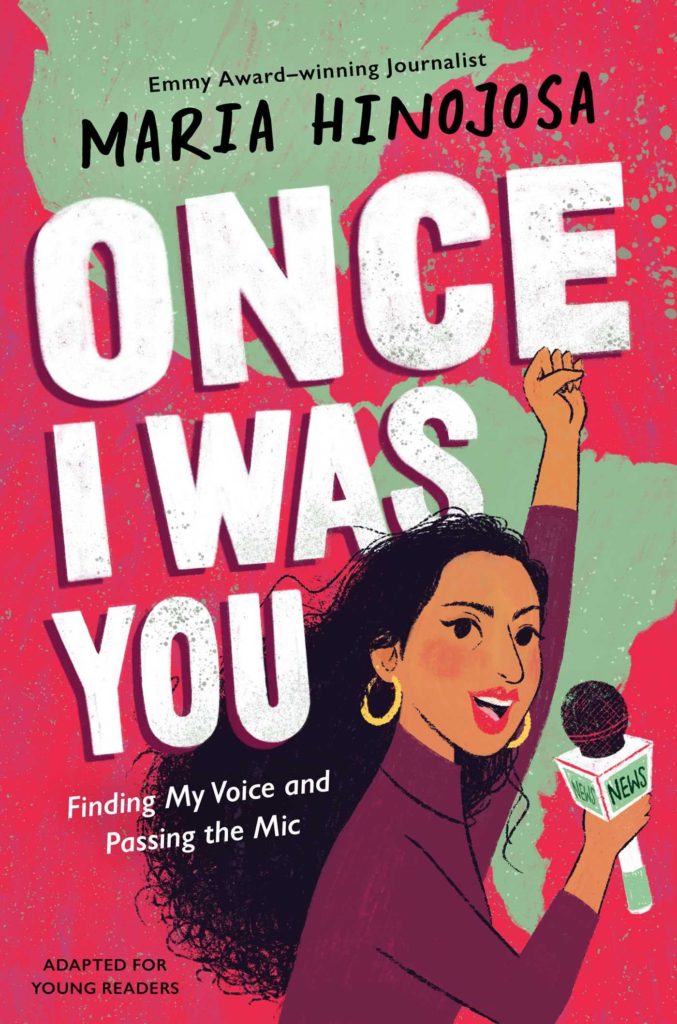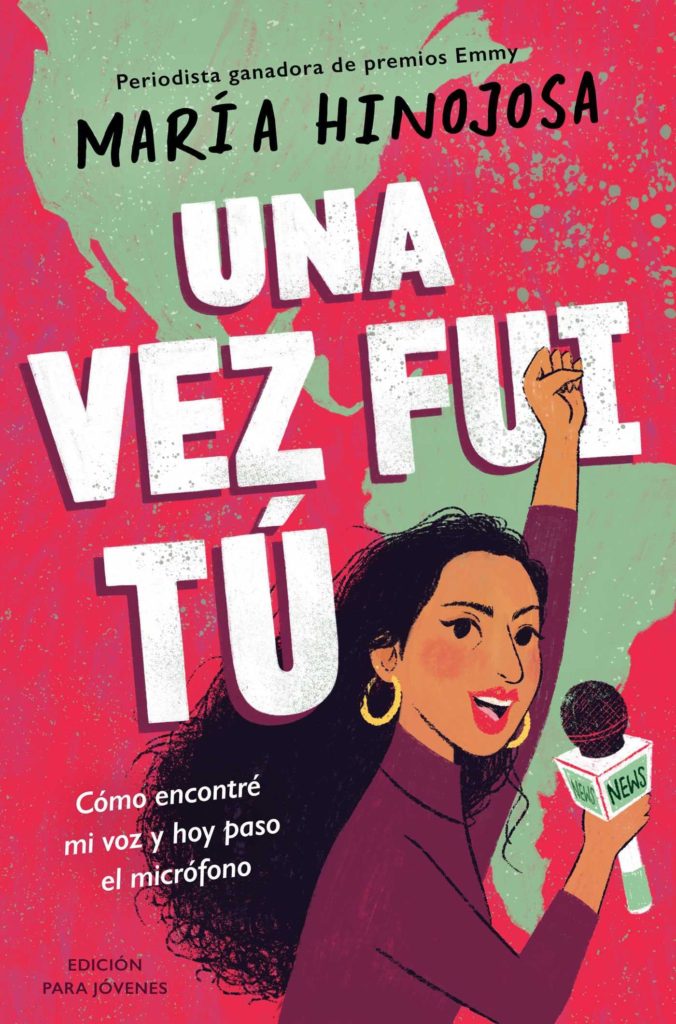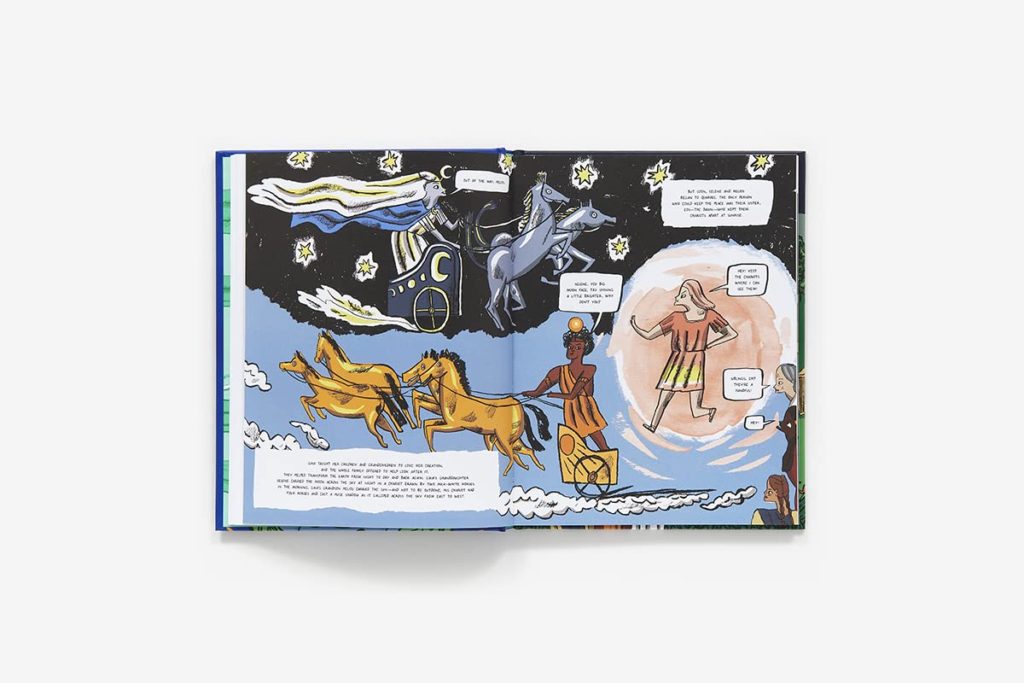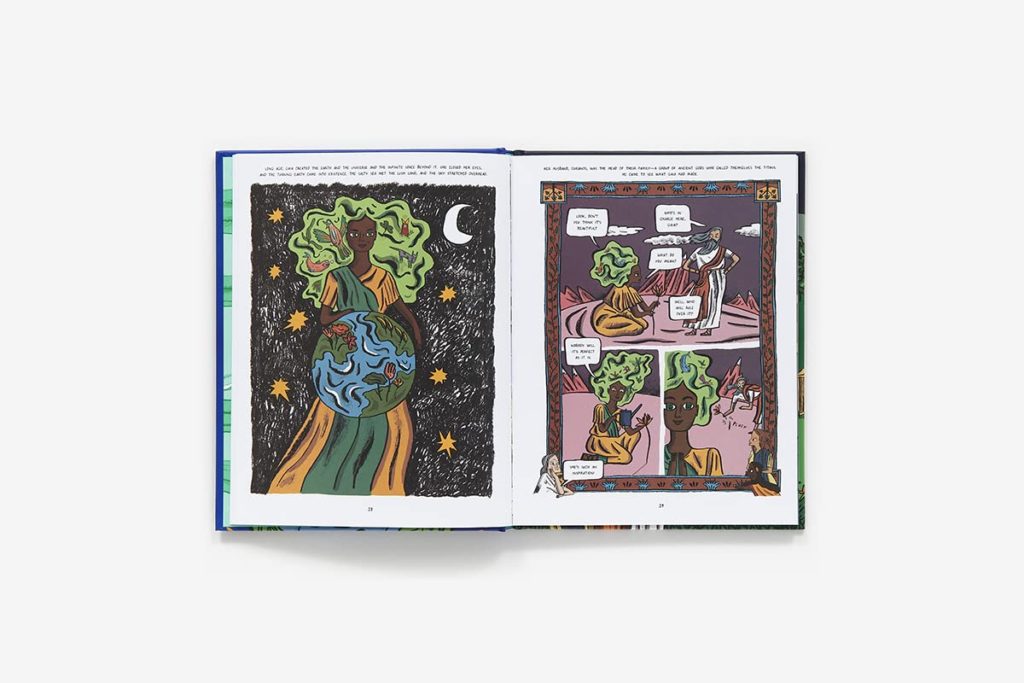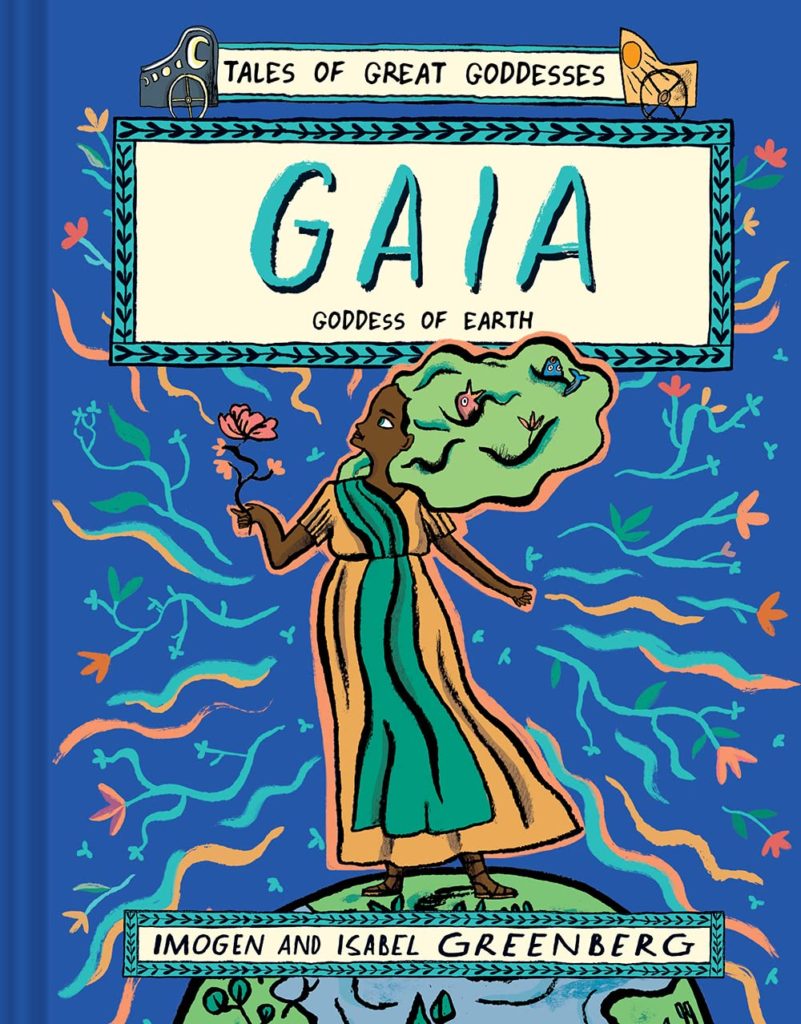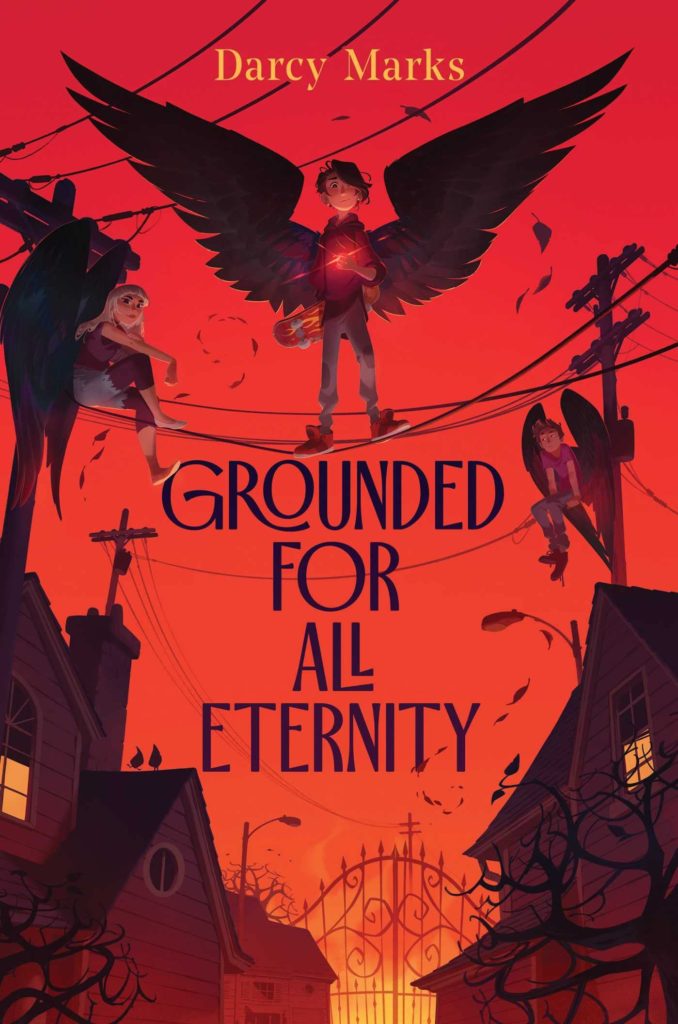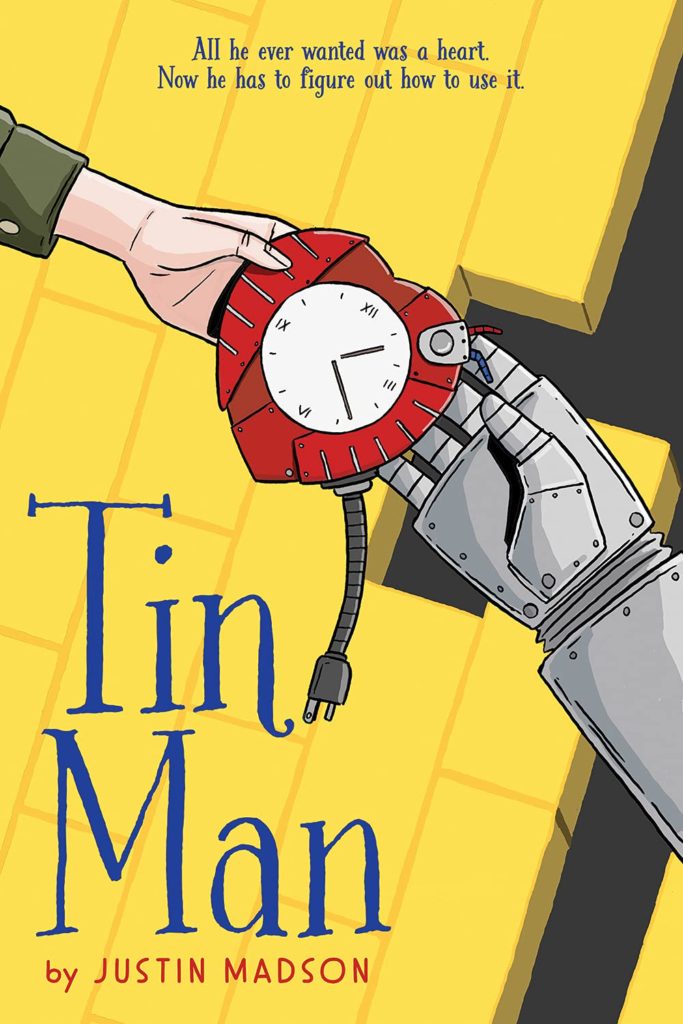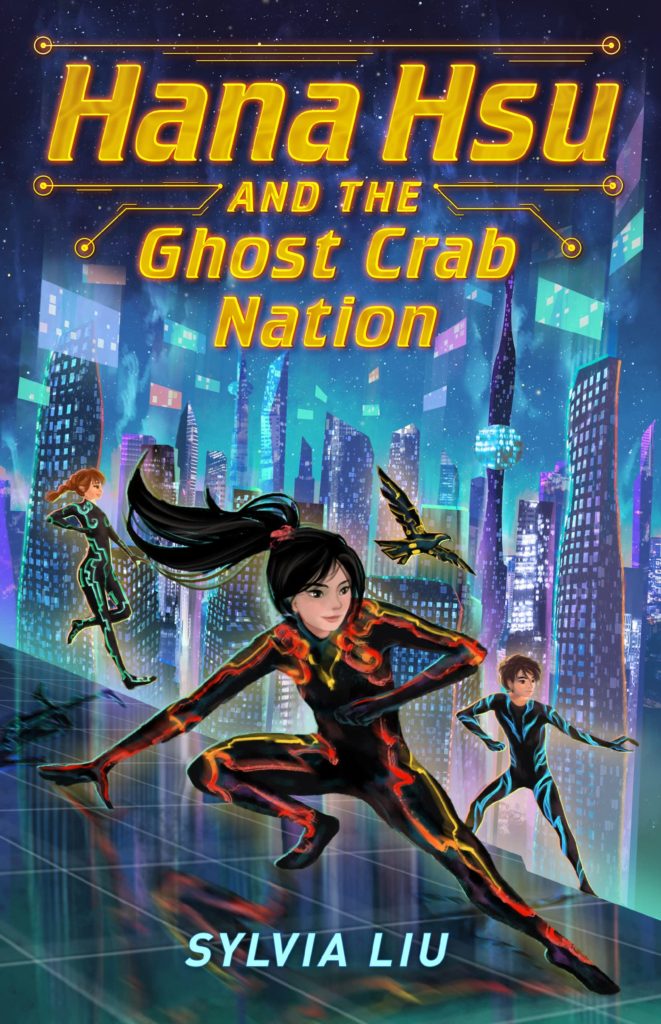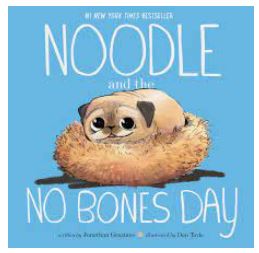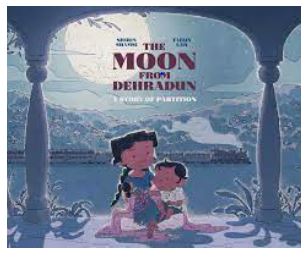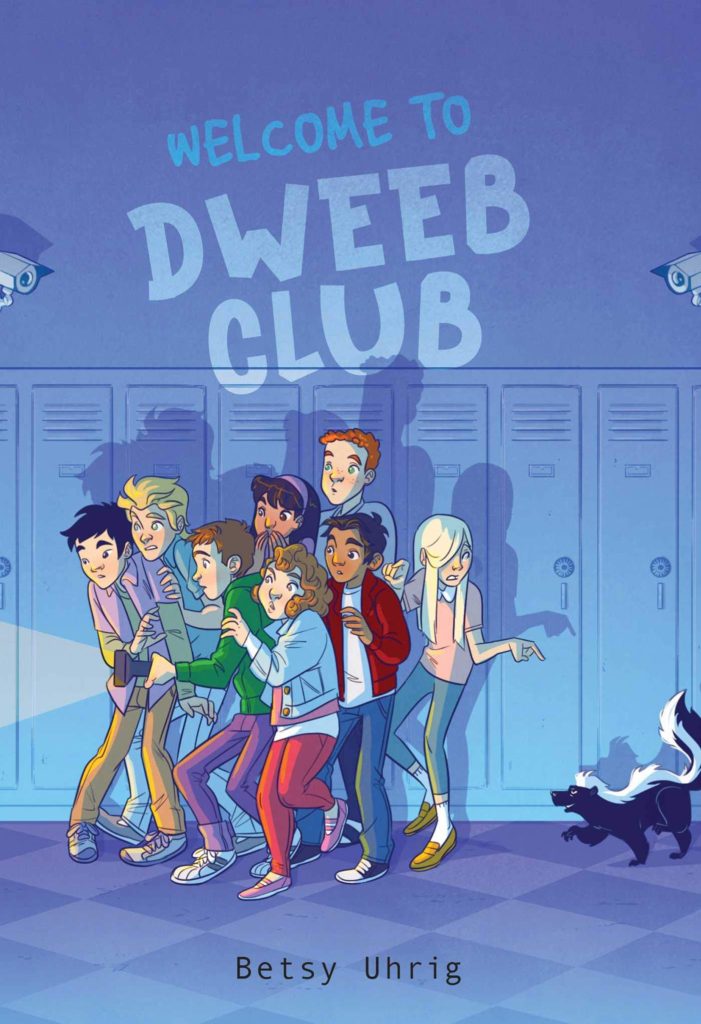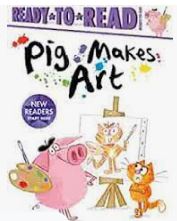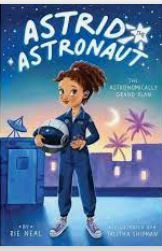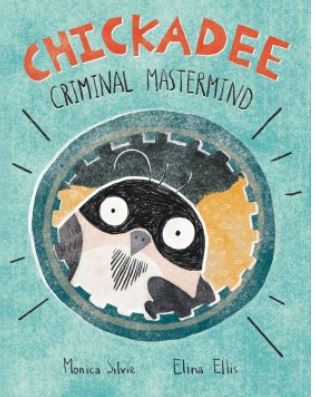Readers who like Karen McManus will love this new book by Rebecca Barrow. Set on an old-money island, Luca and her peers believe the place to be cursed. Too many of Parris Island’s young girls have gone missing and turned up dead; including Luca’s best friend and sister. As Luca pursues the clues surrounding the disappearance of the girls, she quickly becomes surrounded by her own dangers. This is a thrill ride from the start; lots of clues to be had in this fast paced mystery. Just when we think things are working themselves out; there’s always more to uncover. Highly Recommend.









